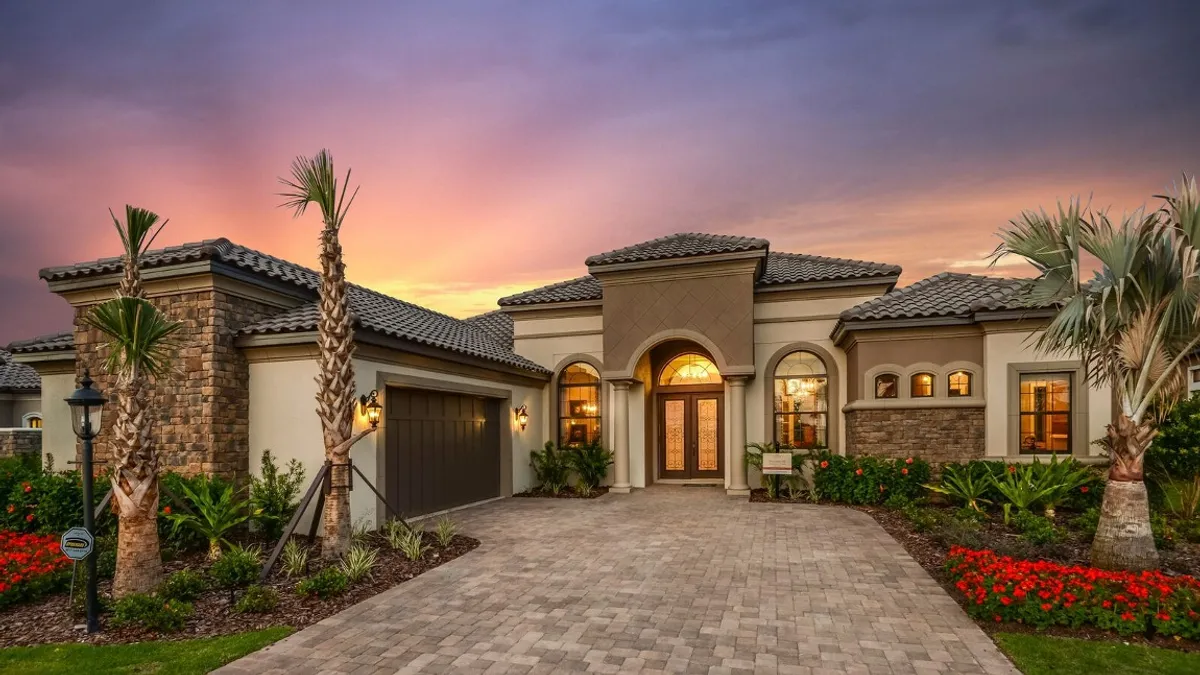Dive Brief:
- Existing-home sales fell 3.7% in February to a seasonally adjusted annual rate of 5.48 million from a rate of 5.69 million in January, according to the National Association of Realtors.
- The category — which includes single-family homes, townhomes, condominiums and co-ops — was still 5.4% ahead of the year-ago period in February.
- The median existing-home sales price in February was $228,400, up 7.7% from a year ago. That represented the fastest price increase since January 2016 and the 60th-straight month of year-over-year gains. Inventory dropped for the 21st month in a row, with unsold properties at a 3.8-month supply.
Dive Insight:
Existing-home sales faltered in February due to a shortage of for-sale properties and rising home prices, according to Lawrence Yun, chief economist for the National Association of Realtors. While a first-quarter NAR survey found that 69% of homeowners said it was a good time to sell, not enough owners are listing their properties on the market, meaning home prices will continue to climb.
February's report matches up with the month's decline in builder optimism reported by the National Association of Home Builders/Wells Fargo Housing Market Index. Builder confidence, however, saw a resurgence in March, reaching a 12-year high on the back of what economists have said are strong housing market fundamentals.
Construction employment, in turn, reached a 10-year high in February, with the addition of 18,900 jobs in the residential sector alone. While the NAHB and industry leaders are still concerned about the persisting labor shortage, lagging lot supply and high costs of doing business contributing to the rise in home prices, a surge in employment could mean greater capacity for new construction — a much-needed lift that would ease tight inventory and lower prices for buyers. Housing starts have fallen in line with analyst predictions for future growth with a 3% gain in February.
Despite the market's sound fundamentals, analysts say an executive action by President Donald Trump could depress existing-home sales beyond their initial forecasts. The directive, which halts a recent 25-basis-point decrease in the Federal Housing Administration's mortgage insurance premium, could shut out an estimated 40,000 potential homebuyers from staking a claim in the market this year. First-time buyers — who made up 35% of home sales in 2016 — are likely to take the lion's share of the action's repercussions.













